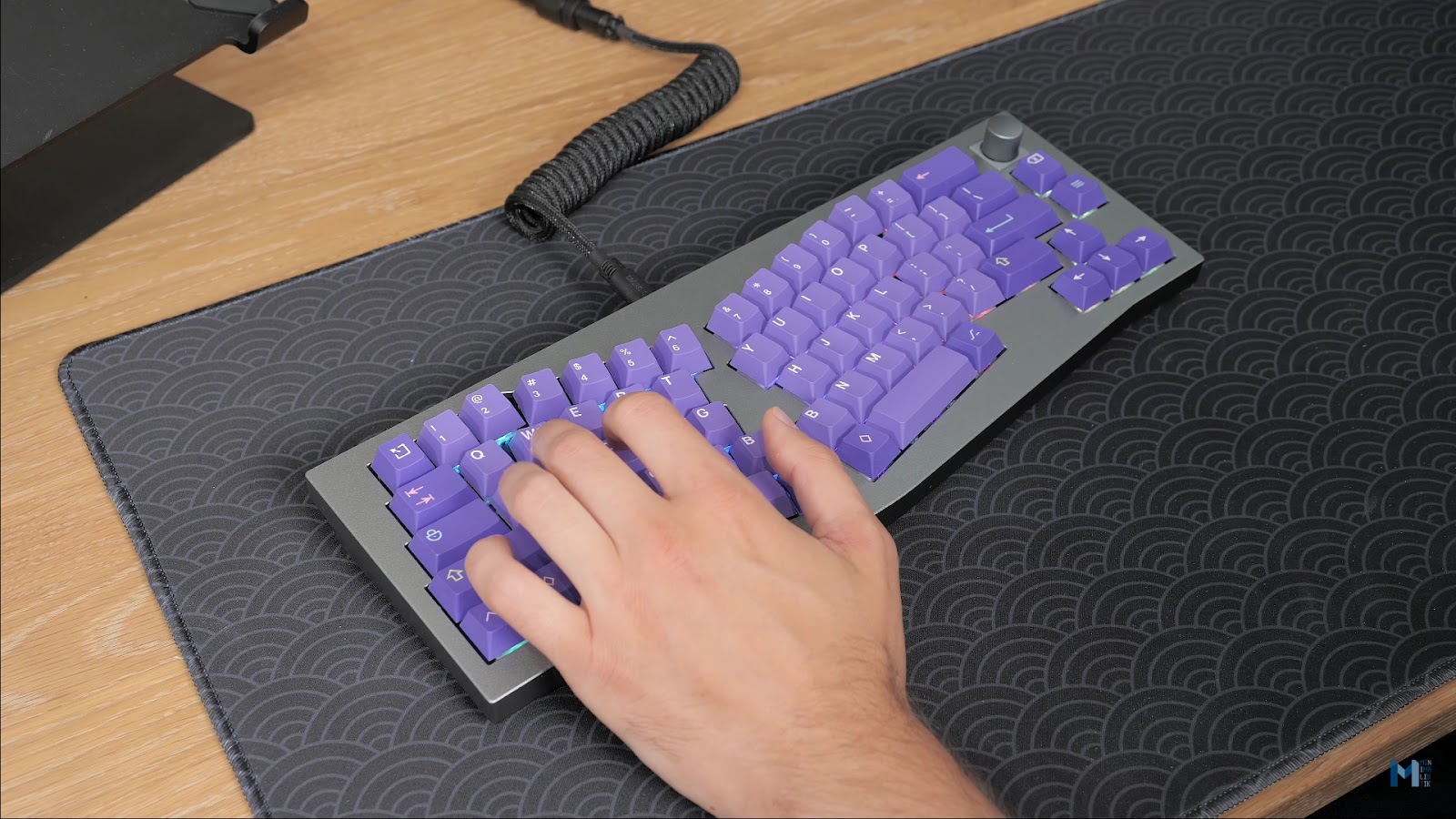Have you ever pondered the reason behind the distinct appearance of your Enter key compared to that of a friend’s keyboard abroad? The answer lies in the keyboard layout, which refers to a standardized configuration of keys determining their size and placement. This piece delves into the realm of ANSI keyboards, which hold prominence as the predominant layout in the United States and Canada. We will delve into its defining features, juxtapose it with alternative layouts, and address the pivotal question: Is the ANSI layout the ideal choice for your needs?
Uncover the Advantageous Features of the ANSI Keyboard Layout
- Intuitive Design for Familiarity: The ANSI keyboard layout is strikingly intuitive for anyone primarily accustomed to the standard American keyboards. This notable familiarity further contributes to the enhancement of typing speed and accuracy, simplifying user interaction;
- Optimization for Efficiency: The compact layout of the ANSI format ensures that the most frequently-used keys are adequately placed within arm’s reach. This, in turn, significantly minimizes hand movement and naturally increases overall typing efficiency. For touch typists, this feature could prove incredibly beneficial;
- Seamless Compatibility: To ensure a smooth and hassle-free user experience, a majority of software applications, as well as games, are optimized to function seamlessly with the ANSI layout. This compatibility is critical in preventing any potential disturbance in the work environment;
- Widespread Availability: Given its popularity, ANSI keyboards are widely available in the market. An extensive range of designs, price points, and additional features mean that users can easily find a keyboard that aligns perfectly with their requirements, preferences, and budget. The variety also makes ANSI keyboards an accessible and convenient option for a myriad of users across the globe.
Comparing ANSI and ISO Layouts: Identifying the Variations
ANSI and ISO layouts, though devised to cater to the same basic need, exhibit numerous differences in terms of key positioning and dimensions:
- Shift Key Divergence: The ANSI layout features a more petite left Shift key, making room for an extra key in its vicinity (typically the Pipe (|) key). Contrarily, the ISO layout embraces a larger left Shift key while placing a lesser | key to the Enter key’s left;
- Enter Key Distinction: The ANSI layout sports a rectangular Enter key, consuming a solitary row. In contrast, the ISO layout presents a taller Enter key that encompasses two rows, often merging the | key within the bottom row;
- Key Positioning: The arrangement of certain keys, such as the position of the backslash (\) key, differs between the ANSI and ISO layouts. For instance, in the ANSI layout, you will locate the backslash key above the Enter key. In contrast, the ISO layout situates the same key adjacent to the left Shift key.
Understanding these differences is crucial, especially for touch typists and professionals involved in programming, gaming, or any task involving significant keyboard interaction. Having a clear awareness of the keyboard layout can lead to enhanced comfort, accuracy, and productivity.
While choosing between ANSI and ISO, consider the physical layout and your localization needs. For instance, European languages often need extra keys for accents, making ISO a convenient choice. However, for those accustomed to the US English keyboard, ANSI could be more intuitive and comfortable.
Both layouts have their own merits and are fit to serve distinct user requirements. Consider your comfort, typing habits, specific requirements, and regional preferences when deciding between ANSI and ISO.
Unveiling the Benefits of the ANSI Layout
Bolster Your Typing Speed
The ANSI layout occupies a unique advantage when it comes to enhancing your typing speed. Its compact design and well-thought-out key placement streamline your typing, offering you the opportunity to work at a quicker pace. This becomes particularly crucial for professionals and students who rely heavily on their typing speed for efficiency and productivity.
Enjoy High Compatibility
The ANSI Layout is not just about the physical design. It is optimized to ensure seamless interfacing with a plethora of software applications and gaming interfaces. This compatibility is a significant boon for users who work with varied software ecosystems or are gaming enthusiasts, providing a smooth, unobstructed user experience.
Experience Superior Ergonomics
The ANSI layout has been designed with a keen eye on user comfort. The layout reduces the need for extensive hand movement, thus minimizing strain during prolonged typing sessions. This makes the ANSI layout a perfect choice for writers, coders, gamers, and anyone who spends a significant amount of time working on a keyboard.
By choosing the ANSI layout, you can expect a more comfortable, efficient, and smooth typing experience. Whether you are a professional in need of a high-performing keyboard or a recreational user seeking a user-friendly typing experience, the ANSI layout provides a viable solution.
Conclusion
The ANSI keyboard configuration stands as a widely embraced norm, providing numerous users with a typing experience that is both comfortable and efficient. While alternate layouts such as ISO might cater better to certain geographical regions due to their additional character requirements, the straightforwardness and widespread adoption of ANSI render it a dependable option. Acquainting oneself with the distinct variances between ANSI and layouts such as ISO can aid in the discernment of the ideal keyboard choice based on individual needs.



